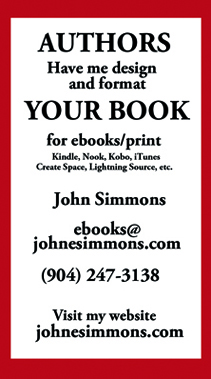From “Avatar” to “The Wizard of Oz” to “Jurassic Park” is there really only one form of dramatic storytelling?
John York takes this position at The Atlantic, where he quotes a 9-year old child:
A family are looking forward to going on holiday. Mom has to sacrifice the holiday in order to pay the rent. Kids find map buried in garden to treasure hidden in the woods, and decide to go after it. They get in loads of trouble and are chased before they finally find it and go on even better holiday.
York asks why a child would unconsciously copy a story form that dates back at least to Beowulf. My initial thought was that the child had heard plenty of stories by the age of 9, and knew the form. York has a more complex answer.
Storytelling has a shape. It dominates the way all stories are told and can be traced back not just to the Renaissance, but to the very beginnings of the recorded word. It’s a structure that we absorb avidly whether in art-house or airport form and it’s a shape that may be—though we must be careful—a universal archetype.
The idea of a universal story structure is not new, and many writers today are familiar with the 12-stages of a hero’s journey from Joseph Campbell’s “The Hero with a Thousand Faces”, allegedly the model for the first Star Wars movie. York points out that there are lots and lots of books on analysis of story structure, but none of the books ask why these constructs work.
His analysis reminds me of form and analysis classes while I was a music major in college. Music historians diced and chopped the works of the great composers until they were deprived of all musicality and reduced to a number of Roman numerals and strange fractions. Did Bach and Mozart think this way about their music? I strongly doubt it. They wrote what sounded right to them. And regular people have agreed for years.
By the 1960s, composers reached the conclusion that music was reduced to math. They took the 12-notes of the Western musical scale, wrote each note on a slip of paper, put the slips in a hat and drew them randomly. The resulting order was a tone row – in essence the melody. I find that music horrid. It’s all form and no art.
York finds some writers, particularly screenwriters, who despise what they see as the restrictions of similar form.
(Guillermo) Del Toro echoes the thoughts of many writers and filmmakers; there’s an ingrained belief for many that the study of structure is, implicitly, a betrayal of their genius; it’s where mediocrities seek a substitute muse. Such study can only end in one way. David Hare puts it well: “The audience is bored. It can predict the exhausted UCLA film-school formulae—acts, arcs, and personal journeys—from the moment that they start cranking. It’s angry and insulted by being offered so much Jung-for-Beginners, courtesy of Joseph Campbell. All great work is now outside genre.”
I’m reminded of the lessons I learned in “Zen and the Art of Motorcycle Maintenance” – artists create best by working within a structure. In music, a composer choses a key, a meter, an instrument or instruments and so forth. Then he creates.
York concludes that authors make similar choices, and all stories are forged from the same template – that the laws of physics, logic and form require writers to follow the same path. The path of the journey into the woods to find the dark but life-giving secret within.
Read the whole thing.

